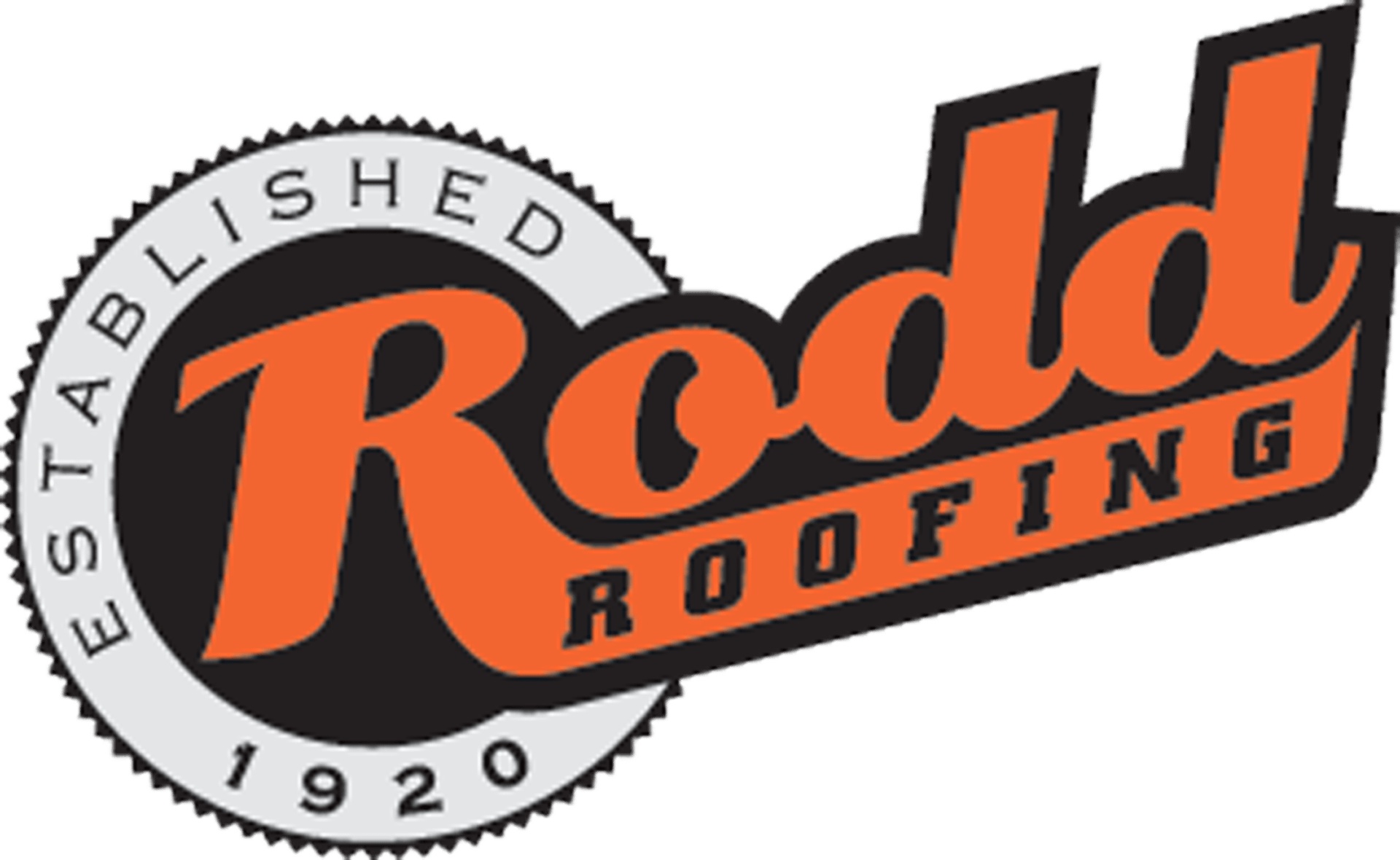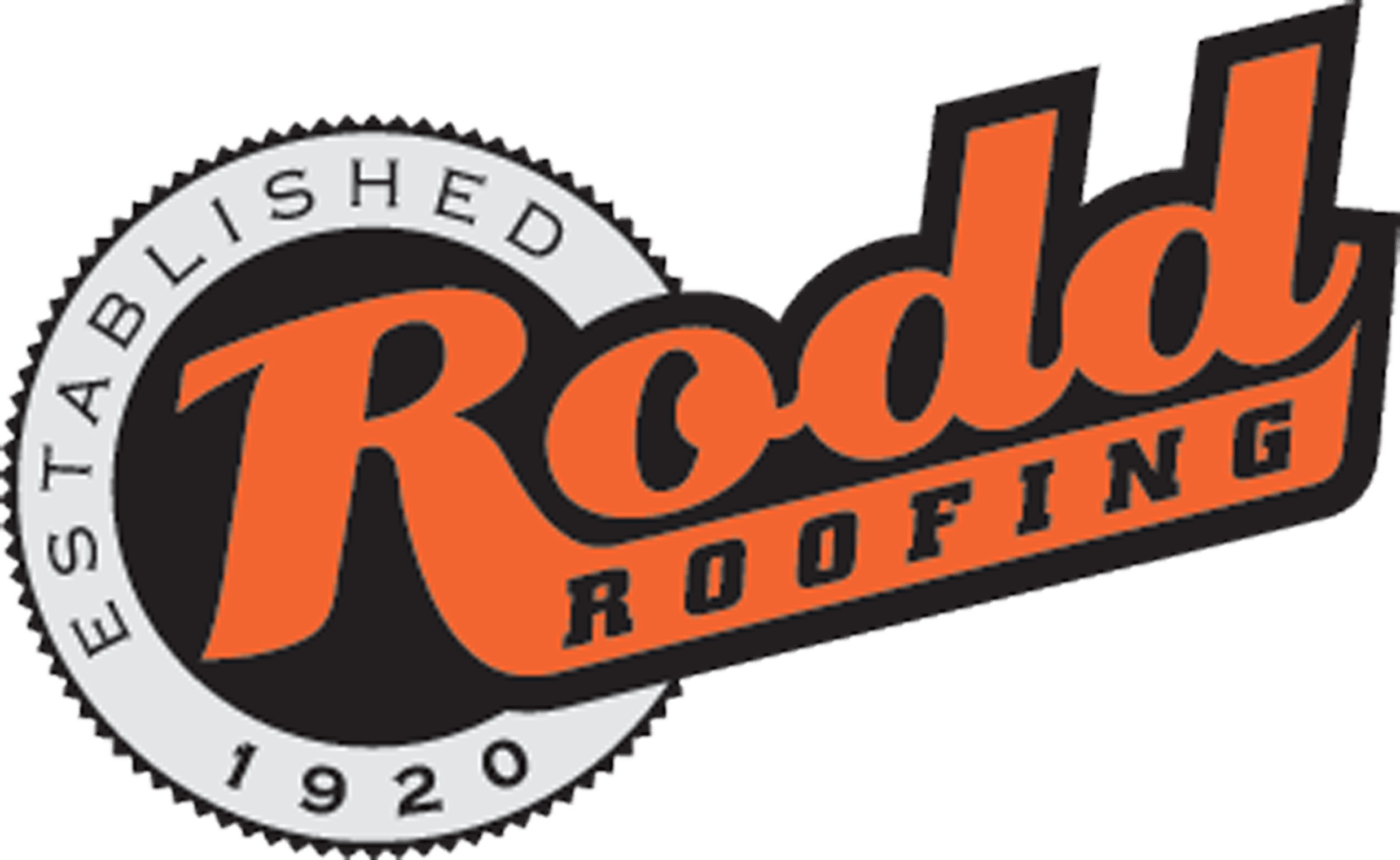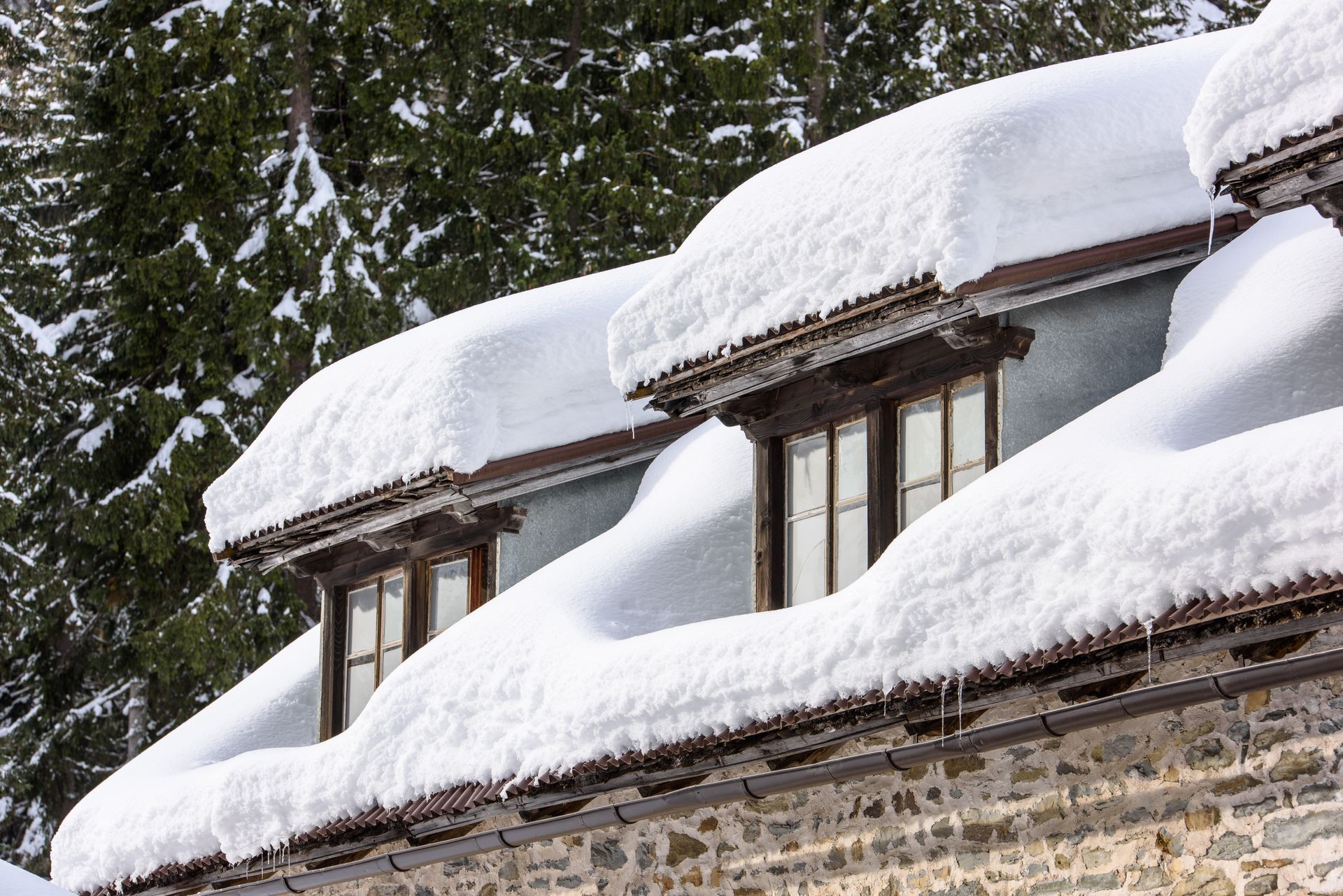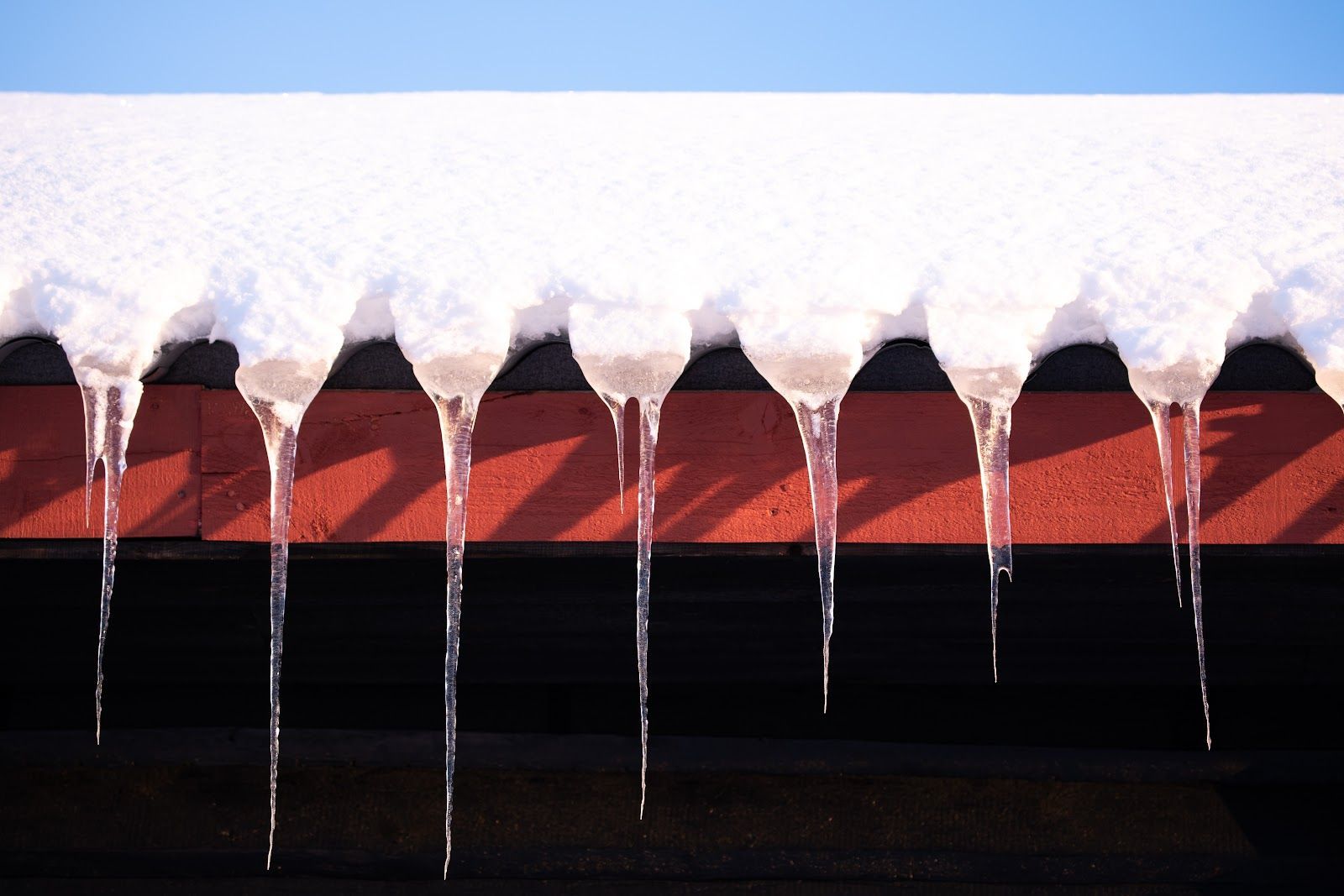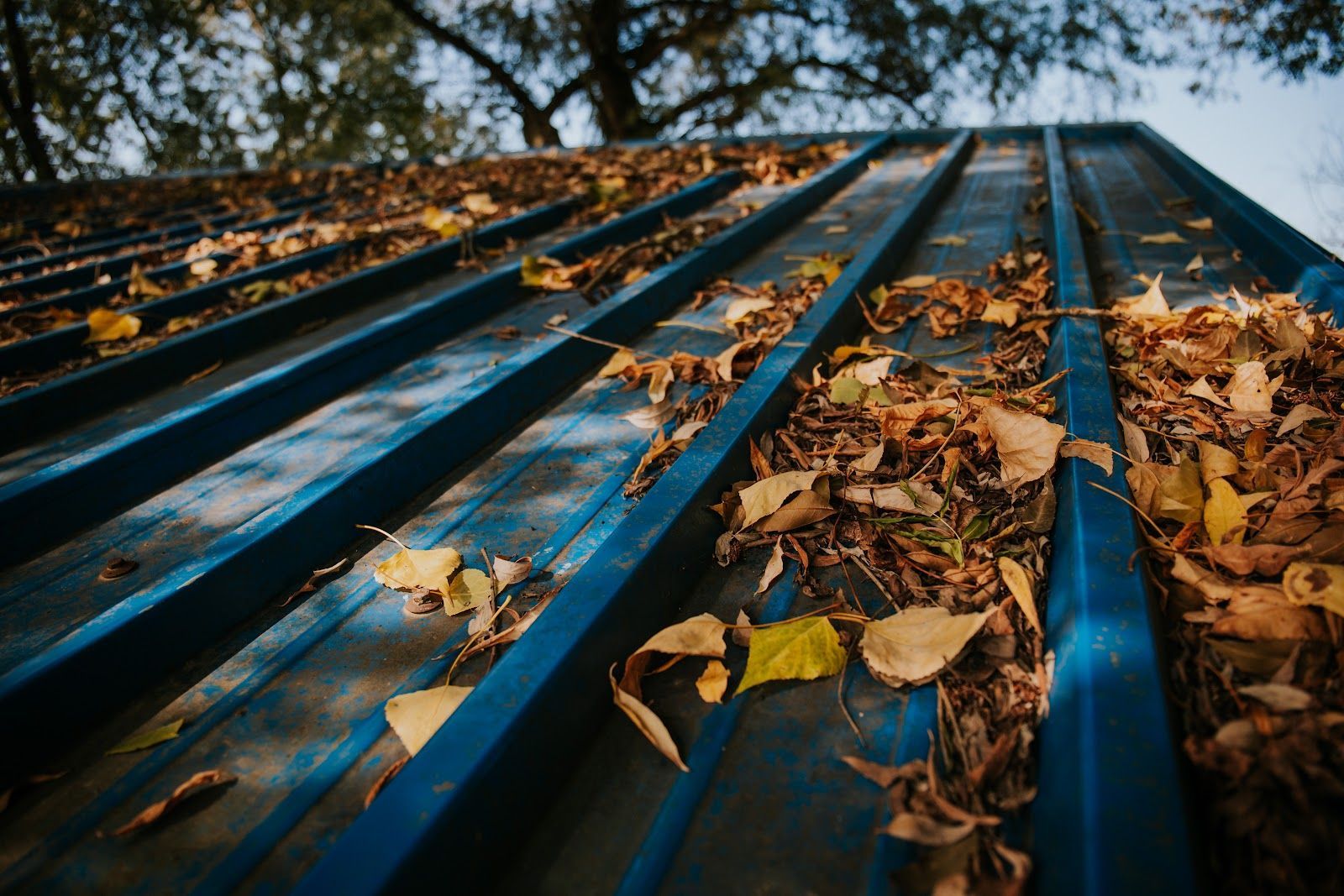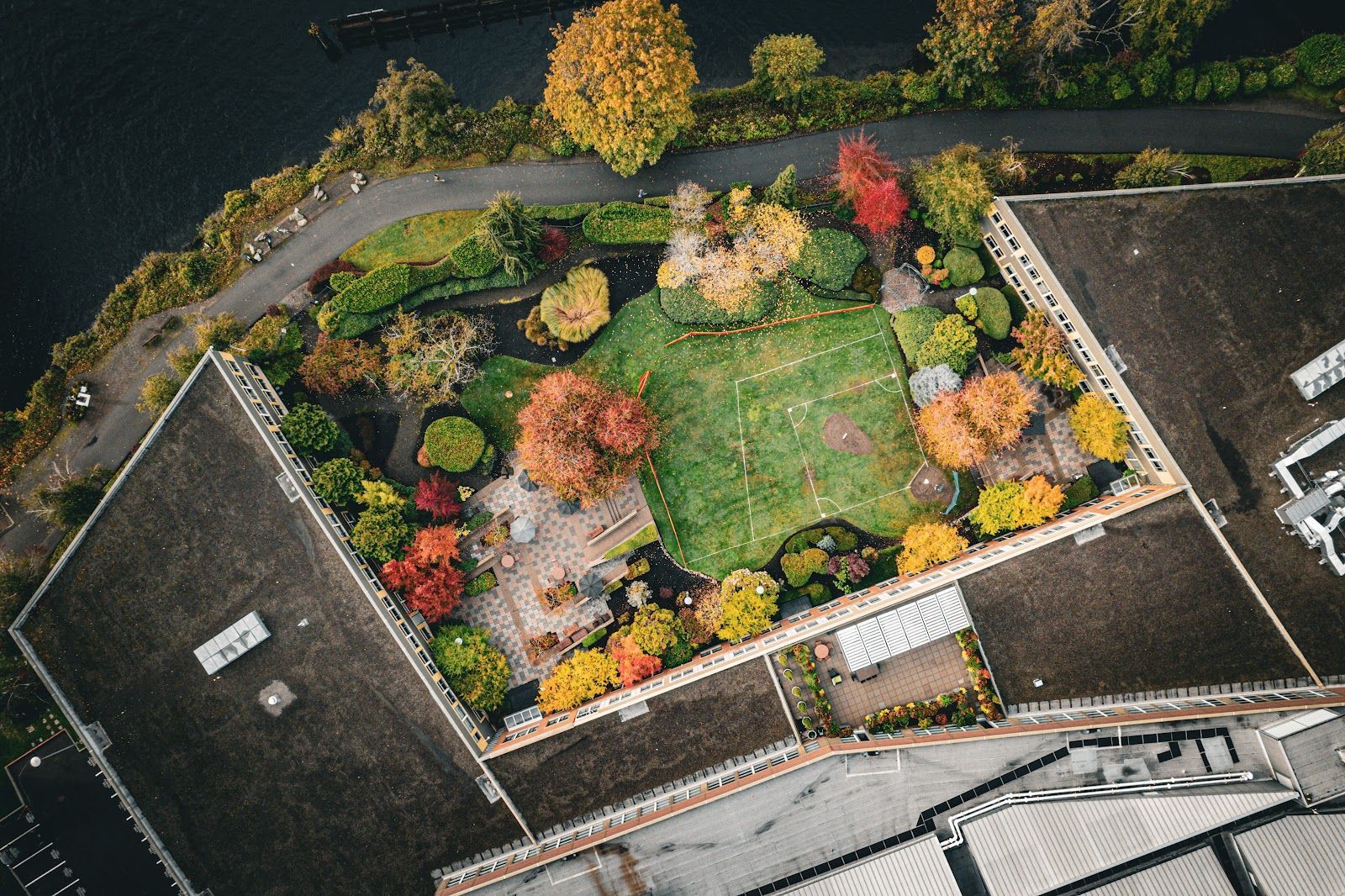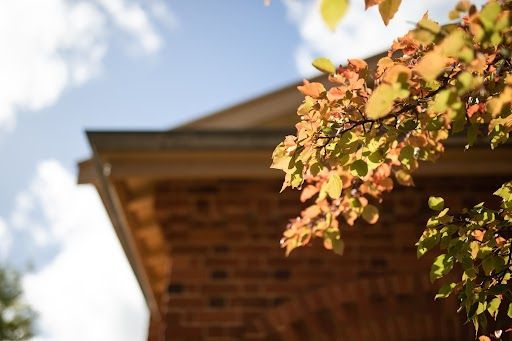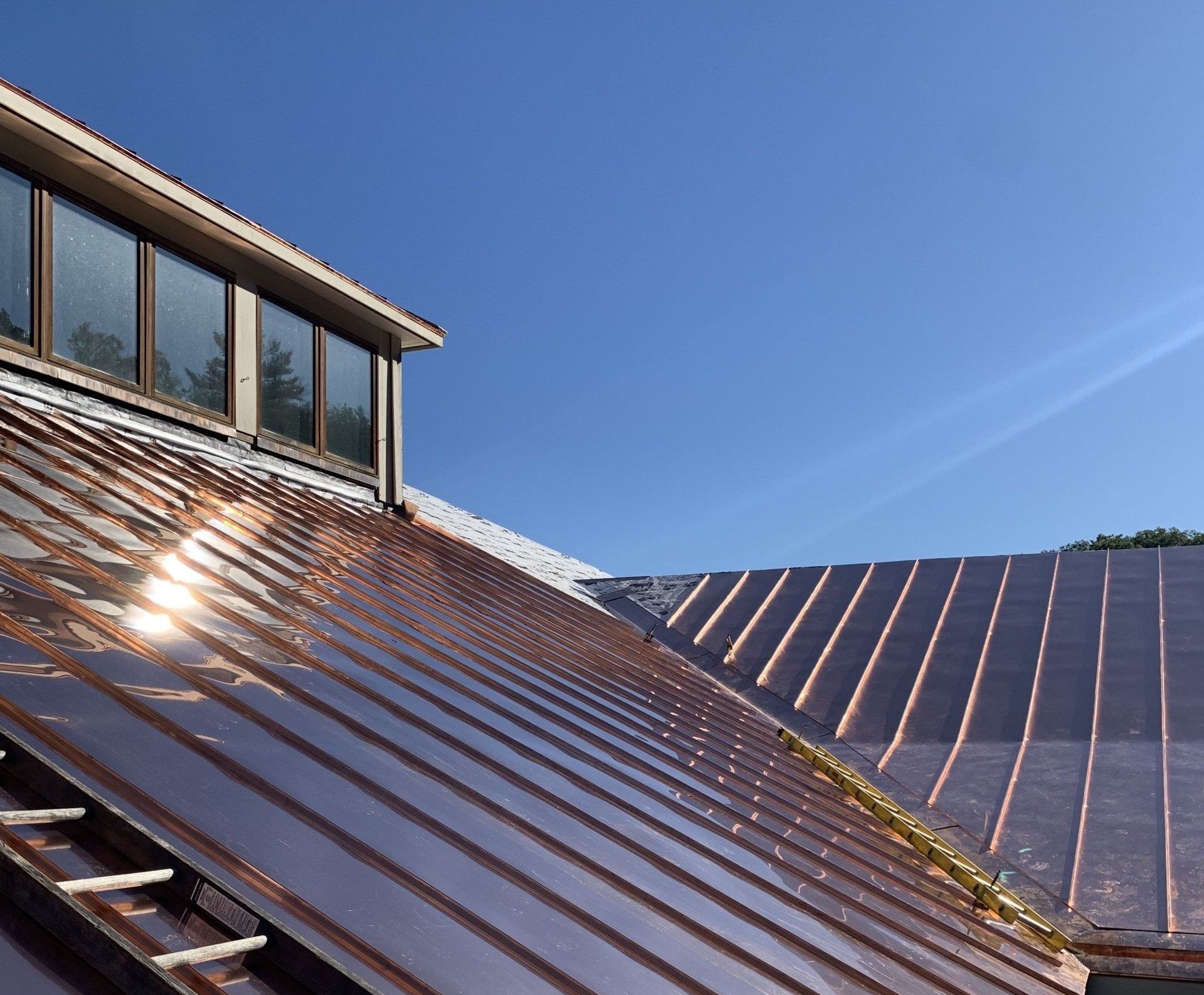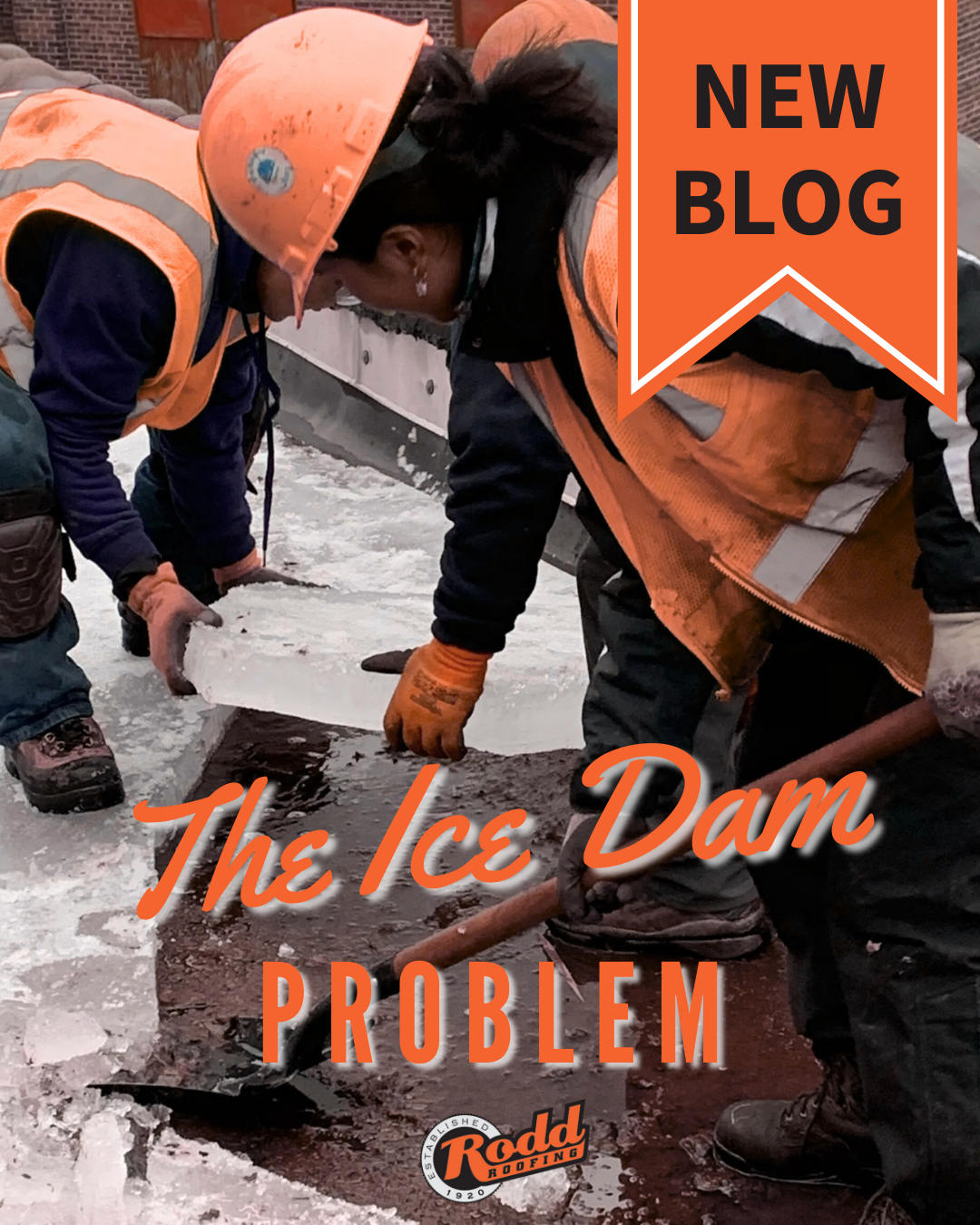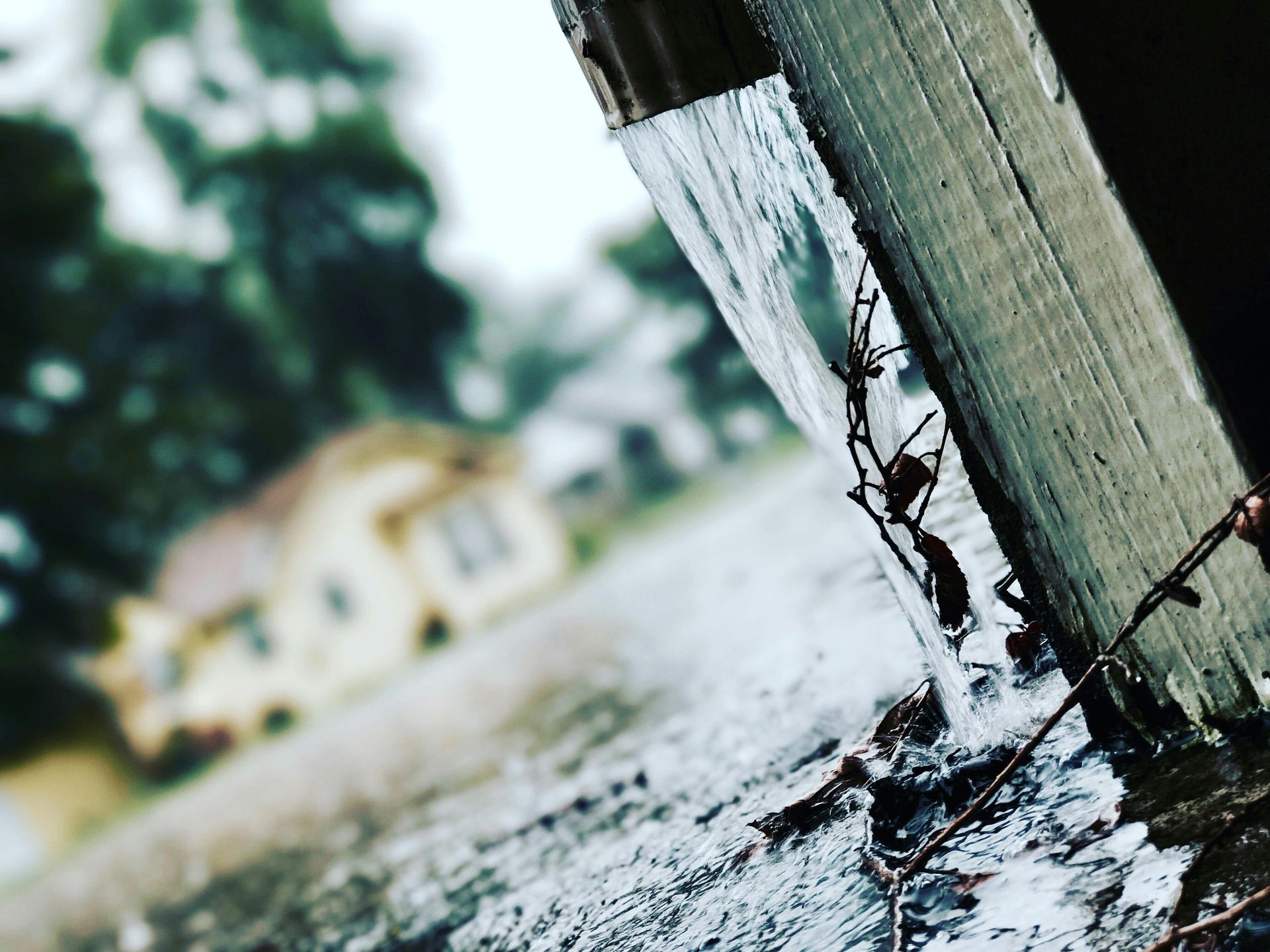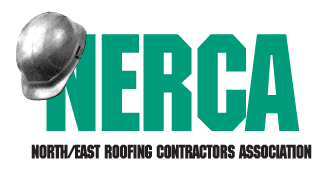What Ice Dams Do to Commercial Roofs—and How to Stop Them
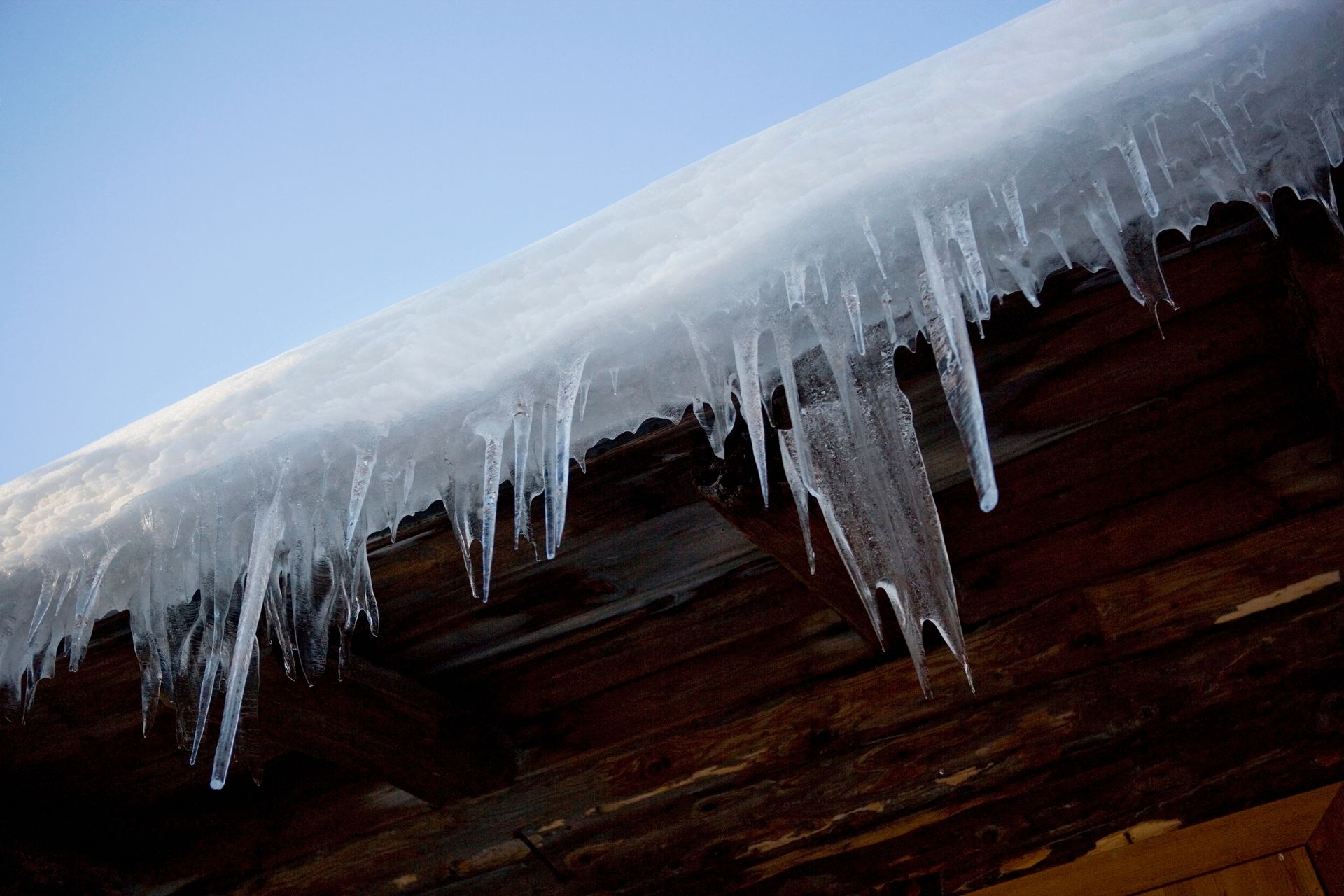
Winter in Vermont and New Hampshire brings heavy snowfall and freezing temperatures—ideal conditions for one of the most destructive roofing problems: ice dams. While commonly associated with residential homes, ice dams also pose serious risks to flat and low-slope commercial roofing systems.
At Rodd Roofing, we help property owners understand and prevent the damage that ice dams cause. Here’s what you need to know about how ice dams form, what they do to your roof, and how to stop them before they start.
How Ice Dams Form on Commercial Roofs
Ice dams occur when warm air from inside the building escapes upward, warming the roof deck and causing snow to melt unevenly. The melted water runs to colder roof edges or clogged drains where it refreezes, creating a barrier of ice. As more snow melts, it pools behind the dam and can seep under the roofing membrane.
Flat and low-slope roofs are particularly vulnerable because they rely on tight sealing and proper drainage—two things ice dams directly compromise.
The Damage Ice Dams Cause
Ice dams don’t just look bad—they can cause thousands of dollars in structural damage if not addressed.
Common issues include:
- Water intrusion into roofing layers and insulation
- Interior ceiling leaks and mold growth
- Saturated, ineffective insulation
- Membrane delamination or punctures
- Cracked flashing and sealant failures
For commercial facilities, these issues can disrupt operations, lead to insurance claims, and reduce building efficiency.
Key Prevention Strategies
Preventing ice dams requires a system-wide approach that addresses the root causes, not just the symptoms. Here’s what to focus on:
Improve Roof Insulation
Better insulation prevents heat loss that causes uneven roof melt. Inadequate or compressed insulation allows warm air to rise and warm the roof deck.
Tip: Upgrade to cold-climate rated insulation and seal air leaks in attics or roof decks.
Optimize Roof Ventilation
Ventilation ensures cold air circulates under the roof, keeping it closer to ambient outdoor temperatures.
Tip: Ensure intake and exhaust vents are balanced and unobstructed.
Maintain Drainage Systems
Clogged or poorly sloped drains cause water to pond and freeze.
Tip: Clean internal drains, scuppers, and gutters each fall and monitor them during storms.
Seal Flashings and Penetrations
Ice dams often exploit weak points around vents, skylights, and HVAC units.
Tip: Use commercial-grade, cold-weather-rated sealants around all rooftop details.
Schedule Seasonal Roof Inspections
A professional inspection in the fall can identify vulnerable areas before snow accumulates.
Tip: Rodd Roofing offers comprehensive fall inspections with photo documentation and repair planning.
Stop Ice Dams Before They Start
You don’t have to wait for leaks to know your roof has a problem. Ice dams are preventable with proper insulation, ventilation, drainage, and maintenance.
Let Rodd Roofing help you build a winter-ready commercial roofing system that keeps your building dry, efficient, and safe—all season long.
Worried about ice dams on your commercial roof? Call (802) 748-4555 or schedule your winter inspection.
